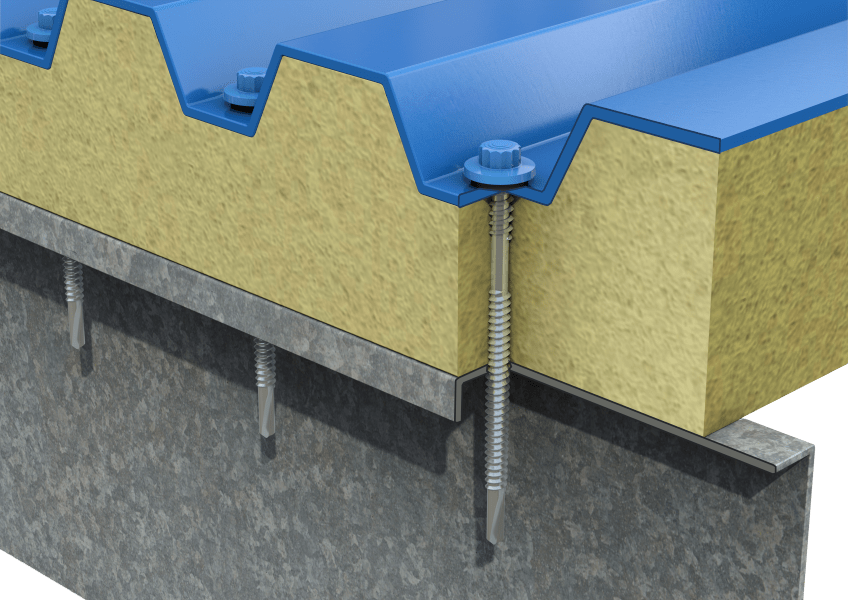
Why are some of our fasteners not fully threaded?
- Read time: 1 minutes
- Date: 03 Feb 2025
- Sheeting & Cladding
In some applications, a full thread would actually be a problem.
Some fasteners have a length of plain shank under the head, and therefore there is a minimum, as well as a maximum, effective thread length (ETL).
Most of our products are designed for a specific range of applications/thicknesses, and the thread pattern is designed accordingly. As an example, where a fastener passes through a sheet material. e.g. a composite panel or insulation board, a thread is not necessary on the section of the fastener that remains within the core of the material. This makes the manufacturing process easier, and stops the material jacking up the fastener whilst being installed.
The 'workable' length of a threaded fastener is referred to as its effective thread length (ETL) - you will need to bear this in mind when selecting fasteners. For fasteners that incorporate an unthreaded section, a minimum and maximum effective thread length is published.

If you are looking at an application which is a bit out of the ordinary, each case would have to be considered in its own right, and the product details checked with our Technical department.




